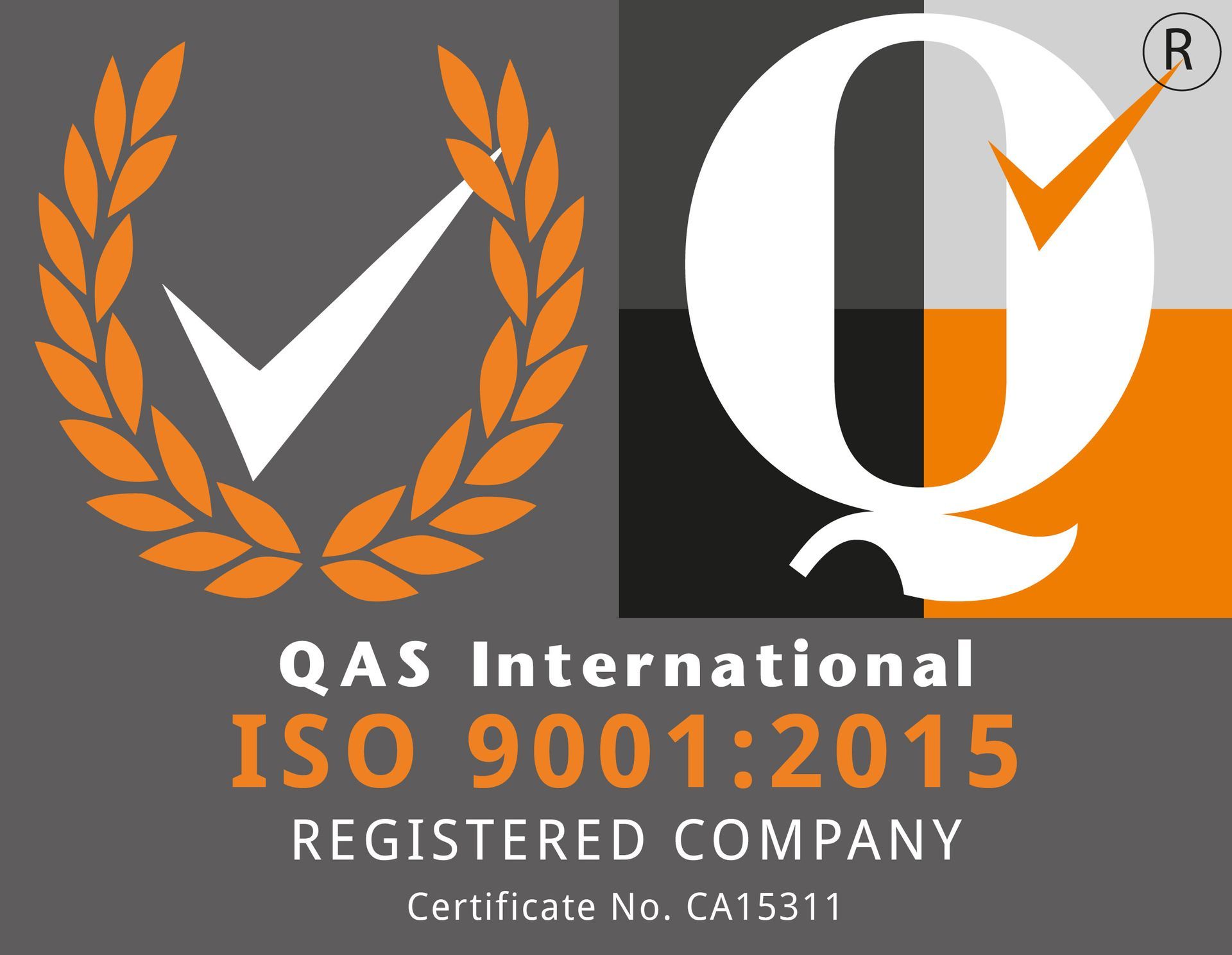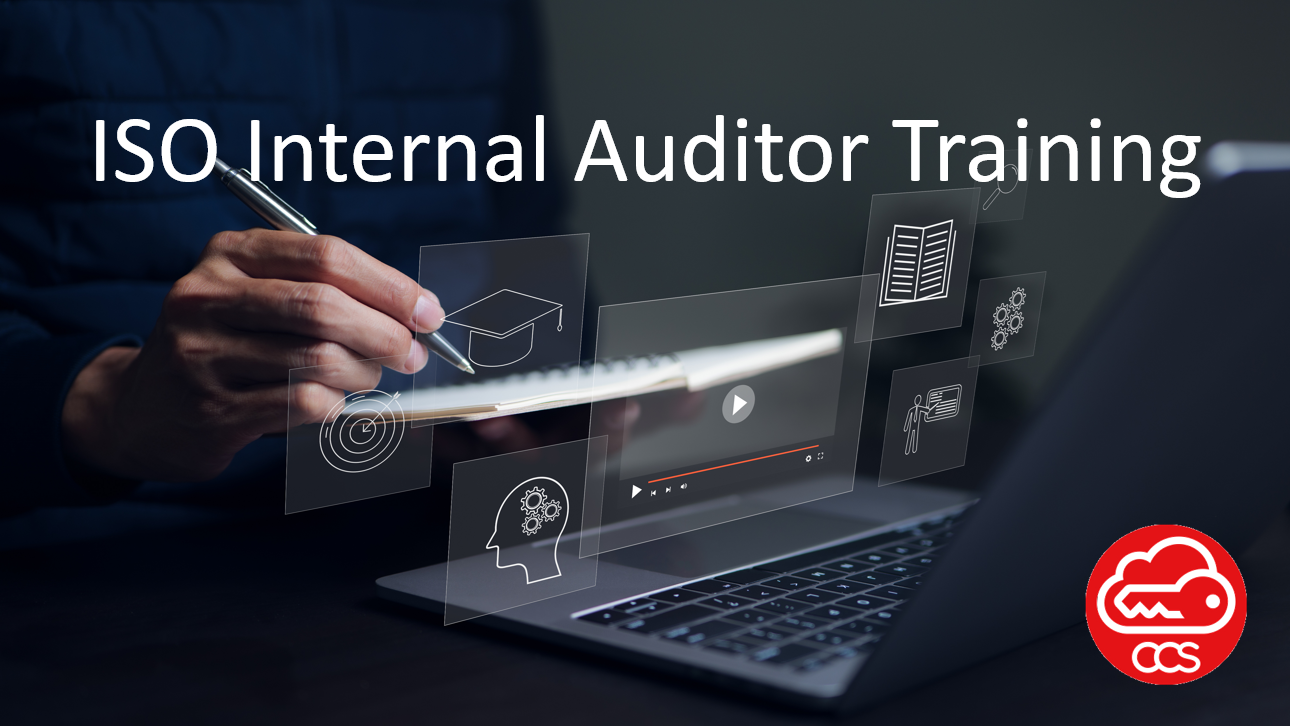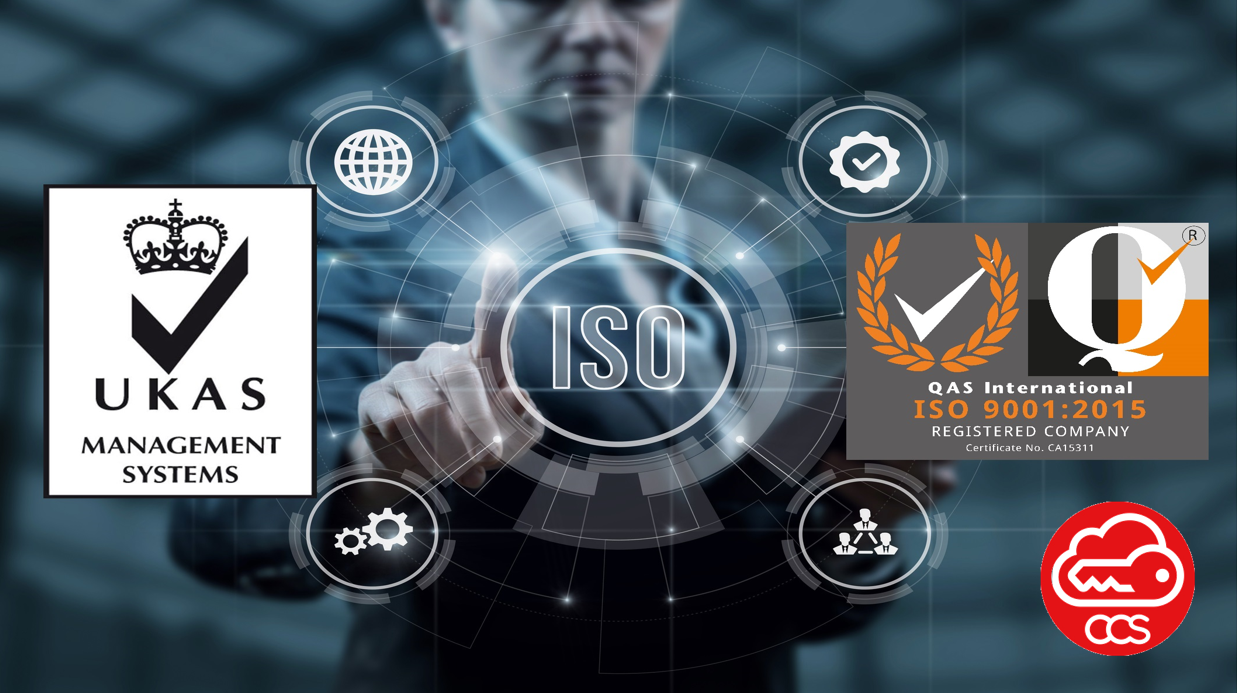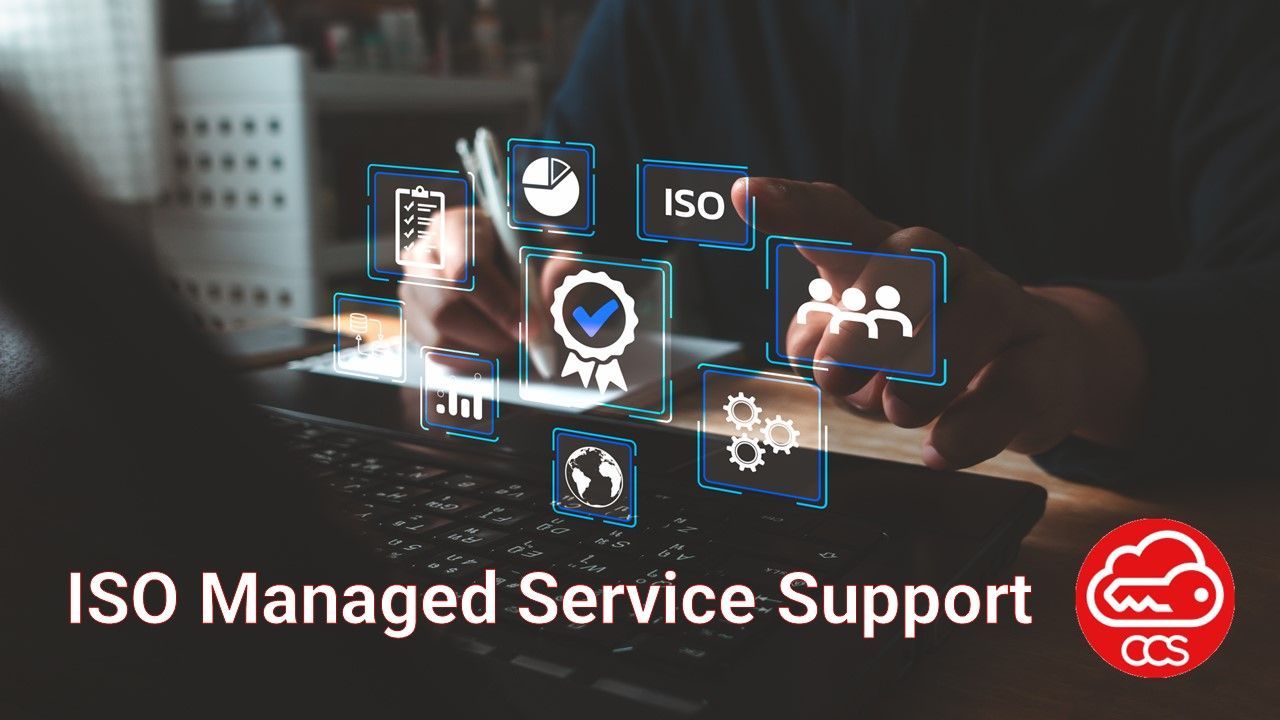To ensure that your internal auditors are well-prepared and confident in their roles, we offer comprehensive ISO Internal Auditor Training. This training is essential for both new ISO-certified companies and those with existing ISO certifications. It equips your team with the knowledge and skills to develop action plans, sample key documents and records, and proactively reduce non-conformances.
Distinctions Between Internal and External ISO Audits
ISO standards, developed by the International Organization for Standardization, provide a globally recognized framework for establishing, implementing, and maintaining effective management systems across various industries. Achieving and maintaining ISO certification requires organizations to undergo rigorous auditing processes. These audits are categorized into two primary types: internal and external audits. Both are essential for compliance, but they serve different purposes, involve different stakeholders, and follow different processes.
Internal ISO Standard Audits
Purpose and Objectives
Internal audits, also known as first-party audits, are conducted by the organization itself. The primary objectives of internal audits are:
- Self-assessment:
- To evaluate the effectiveness and efficiency of the organization's management systems.
- Continuous Improvement:
- To identify areas for improvement and ensure the organization is continually enhancing its processes.
- Preparation for External Audits:
- To ensure readiness for external audits by identifying and correcting non-conformities.
Scope and Frequency
The scope of internal audits can be comprehensive, covering all aspects of the management system, or it can be focused on specific areas or processes. The frequency of internal audits is typically determined by the organization based on its needs, the complexity of its operations, and the criticality of the processes being audited. However, ISO standards usually recommend conducting internal audits at regular intervals to maintain continuous compliance and improvement.
Auditors
Internal audits are conducted by the organization's employees or internal audit teams. Auditors should be trained in auditing techniques and familiar with the ISO standards relevant to the organization. To ensure objectivity, auditors should not audit their own work or areas where they have direct responsibility.
Process
- Planning:
- Defining the audit scope, objectives, criteria, and schedule.
- Execution:
- Conducting the audit through interviews, document reviews, and observations.
- Reporting:
- Documenting findings, including non-conformities, observations, and opportunities for improvement.
- Follow-up:
- Implementing corrective actions and verifying their effectiveness.
Benefits
- Cost-effective:
- Conducted by internal resources, which reduces costs.
- Timely Identification:
- Allows for early detection of issues before they become significant problems.
- Employee Engagement:
- Involves employees in the quality management process, fostering a culture of continuous improvement.
Challenges
- Bias:
- Potential for bias as audits are conducted by internal staff.
- Resource Constraints:
- May strain internal resources, especially in smaller organizations.
- Training:
- Requires ongoing training and development of internal auditors.
External ISO Standard Audits
Purpose and Objectives
External audits, also known as third-party audits, are conducted by independent certification bodies. The primary objectives of external audits are:
- Certification:
- To assess whether the organization complies with the requirements of the relevant ISO standards and can be certified.
- Validation:
- To provide an independent verification of the effectiveness of the organization's management system.
- Regulatory Compliance:
- To ensure compliance with regulatory and contractual obligations.
Scope and Frequency
The scope of external audits is defined by the certification body and typically covers the entire management system. The frequency of external audits is determined by the certification cycle, which usually involves an initial certification audit followed by surveillance audits at regular intervals (typically annually) and a recertification audit every three years.
Auditors
External audits are conducted by auditors from independent certification bodies. These auditors must be accredited, experienced, and knowledgeable about the relevant ISO standards and industry practices. Their independence from the organization being audited ensures objectivity and impartiality.
Process
- Initial Certification Audit:
- Consists of a Stage 1 audit (document review) and a Stage 2 audit (on-site assessment).
- Surveillance Audits:
- Regular audits conducted to ensure ongoing compliance with ISO standards.
- Recertification Audit:
- A comprehensive audit conducted at the end of the certification cycle to renew the certification.
- Special Audits:
- Additional audits that may be required in response to significant changes in the organization or major non-conformities.
Benefits
Credibility:
Provides an independent and objective assessment, enhancing the organization's credibility and reputation.
Market Access:
Certification is often a prerequisite for entering certain markets or qualifying for contracts.
Benchmarking:
External audits provide insights into industry best practices and benchmarks.
Challenges
- Cost:
- External audits can be expensive, particularly for smaller organizations.
- Disruption:
- The audit process can disrupt normal operations.
- Stress:
- External audits can create stress and anxiety among employees due to the scrutiny involved.
Key Differences Between Internal and External ISO Standard Audits
Stakeholders
- Internal Audits:
- Conducted by internal staff for internal stakeholders.
- External Audits:
- Conducted by independent auditors for external stakeholders, including customers, regulatory bodies, and certification authorities.
Objectives
- Internal Audits:
- Focus on self-assessment, continuous improvement, and preparation for external audits.
- External Audits:
- Focus on certification, validation, and compliance.
Frequency and Scope
- Internal Audits:
- Frequency and scope are determined by the organization based on its needs.
- External Audits:
- Frequency and scope are determined by the certification cycle and certification body requirements.
Independence and Objectivity
- Internal Audits:
- Potential for bias due to internal auditors.
- External Audits:
- High level of objectivity and impartiality due to independent auditors.
Both internal and external audits are crucial for maintaining ISO certification and ensuring the effectiveness of management systems. Internal audits provide organizations with the opportunity to self-assess and continuously improve their processes, while external audits offer an independent validation of compliance and effectiveness. Understanding the differences between these two types of audits helps organizations effectively plan and execute their audit activities, ultimately leading to sustained compliance, improved performance, and enhanced stakeholder confidence.







